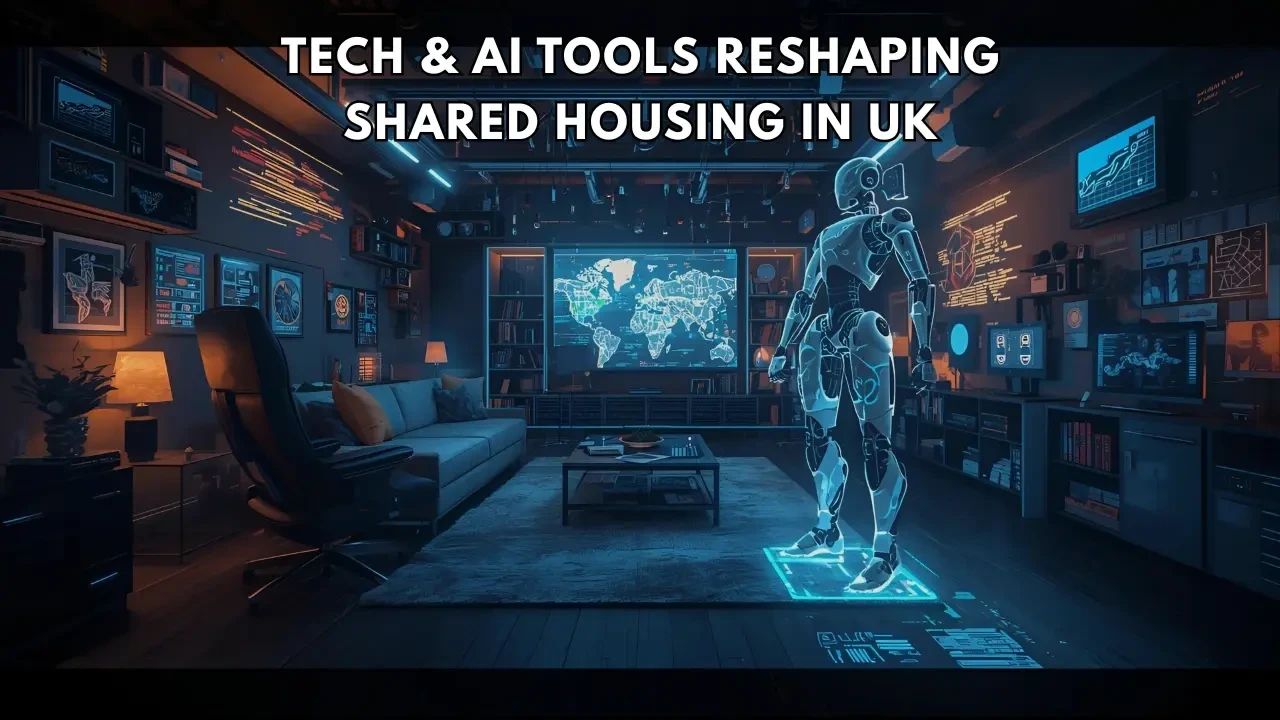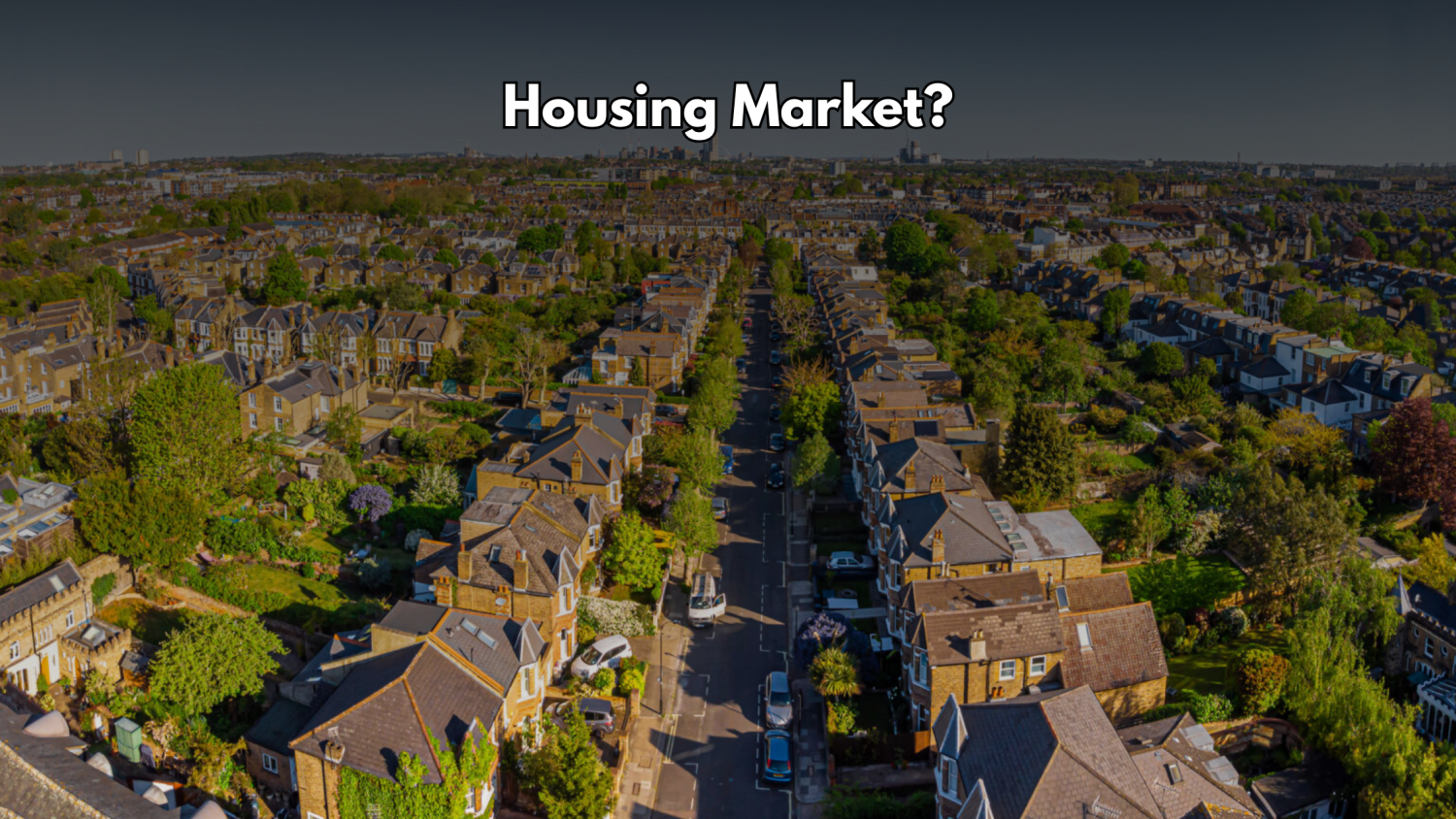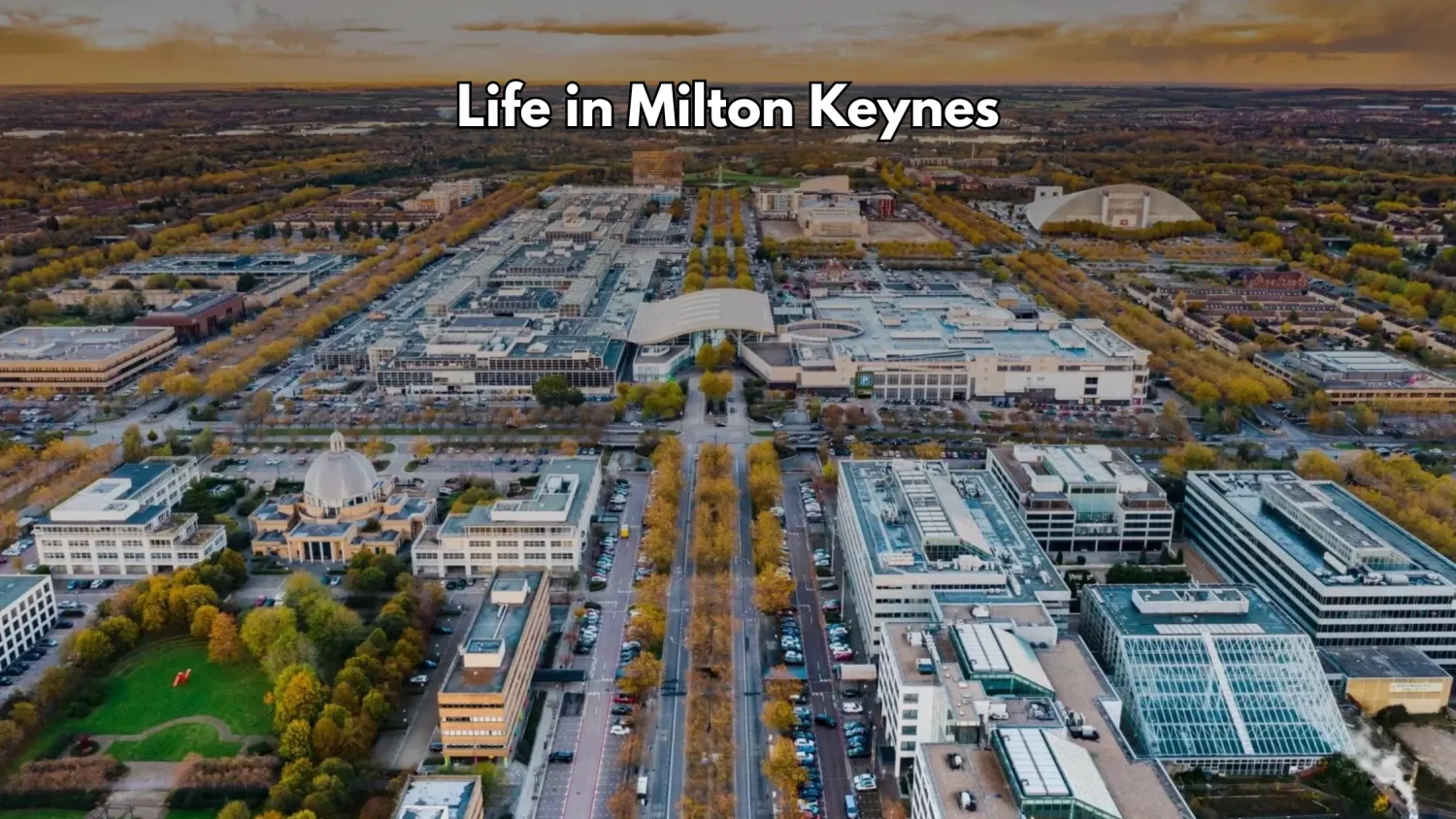
The UK’s shared housing scene is experiencing a significant revolution, technology is the main driver of this change. The way individuals coexist, handle communal areas, and parents their dwellings has been dramatically altered by AI, smart home tech, and management through data. Tech is already changing the affordability, accessibility, and the very concept of “home” from the outskirts of London flatshares through new co-living concepts to more community-oriented cohousing arrangements.
1. The Rise of Smart Shared Living
Initially regarded first and foremost as a financial necessity, the UK’s shared housing is now in the process of being metamorphosed into a tech-enabled lifestyle choice. The combination of affordable housing being located further away from city centers and the introduction of AI-based management tools has opened up new avenues for both tenants and landlords.
The latest figures from the UK have evidenced a growing interest in not-so-expensive places situated on the outskirts of London such as Abbey Wood, Forest Gate, and Crystal Palace with the search increase varying from 157% to 210%. The aforementioned hotspots, which are from 7 to 11 miles away from Central London, show that factors such as improved connectivity (e.g., the Elizabeth Line) and smart living alternatives are influencing renter’s decisions.
This trend marks the whole country, with commuter towns like Stockport and Wolverhampton recording a rise in rental demand by 88% and 63%, respectively. Moreover, the renters are not only interested in the cheap housing but are also attracted by the good digital amenities, energy efficiency, and integrated property management systems.
2. How AI is Transforming Shared Housing Operations
The use of artificial intelligence in property management has progressed so far that it already plays a crucial role in current housing management. Obviously, the integration of these technologies into the housing market is a gradual process, which is still developing. Their power stretches from tenant engagement to predictive analytics and even beyond that.
a. Automated Management Systems
AI-based property management software carries out the whole process of rent collections, maintenance scheduling, and tenant communications by itself, resulting in a significant reduction of manual workloads and operational mistakes. A lot of time that would otherwise be spent on administrative tasks can now be eliminated by using visualisation tools that show late payments, inspections that are due, or repair requests that need to be dealt with immediately.
b. Predictive Maintenance
A property has smart IoT sensors that measure various environmental conditions such as temperature, humidity, and water flow. Based on these readings, the AI system can forecast problems such as mold development or heating system inefficiency, even before they might affect the tenant's comfort.
c. Intelligent Rent Pricing
It is the algorithms that now consider the factors like transportation links, nearby facilities, and demand fluctuation, and determine the optimal rent price. This not only guarantees fairness to tenants but also assures profitability to landlords, so it is particularly useful in the volatile market.
d. Tenant Screening and Risk Reduction
The data filtered through machine learning models during the screening process is not only limited to the applicants’ credit reports. This approach not only allows the identification of good tenants but also reduces the occurrence of non-payments and the ensuing conflict and landlords have to deal with.
e. Compliance and Regulation Tracking
AI tools watch over landlords in a sector where safety and compliance are the norm, by monitoring and tracing gas safety checks, licensing renewals, and pre-certificates of energy consumption with the power of automated software.
3. The Smart Home Revolution in Cohousing
The researchers concluded that although smart technologies could help to a certain extent in making shared living more effective, their presence would still be a crucial factor in the choice of people using the common areas and their social interactions. Some examples are Smart locks, automatic lights, and climate control systems that not only make a place more comfortable but also quietly influence the behavior of the users, sometimes to the advantage of inclusion and convenience, at other times, conversely, to the detriment of individual agency.
This dualism points to a very careful design process, where technology not only facilitates collaboration and sustainability but also does so without the imposition of surveillance or control.
4. Benefits for Residents and Landlords
|
For Tenants |
For Landlords/Operators |
|
Seamless rent payments via digital platforms |
Reduced admin through automation |
|
Smart locks and keyless entry enhance safety |
Predictive maintenance lowers repair costs |
|
IoT sensors maintain comfort and prevent damp |
Optimized rent pricing boosts profitability |
|
Access to community apps fosters connection |
Automated compliance reduces legal risks |
5. Challenges to Overcome
Nevertheless, the UK housing industry's adoption of digital transformation very much has overcome the new hurdles:
High Implementation Costs: High-end AI and IoT systems necessitate an initial investment, which makes it hard for small landlords to participate.
Data Privacy Concerns: The permanent surveillance of the rental market questioning tenant's rights to ask for personal data and GDPR compliance.
Digital Divide: The use of technology in housing systems can exclude elderly people or those who do not possess digital skills.
System Integration: Coupling the latest AI solutions with the old housing software can be a difficult and an expensive technical process.
Overdependence on Tech: In the occurrences of technical flaws, very often, tenants will be left without basic services such as heating or control of access , this brings up the issue of reliable infrastructure.
6. The Future: Ethical, Smart, and Inclusive Living
The future of shared housing in the UK will be dictated by a medley of different aspects, by the way of automation and human connection, by the pros and cons of affordability and innovation, and by the continuous battle between privacy and efficiency. With the increasing popularity of digital-first housing ecosystems like Cribo, the sharing of access to budget-friendly, well-maintained, and technologically designed homes could become a norm.
Smart housing in the coming decade could also be an avenue to community intelligence where data-driven insights not only improve the lives of the people living in the house but also enhance the quality and quantity of their relationships with one another.









